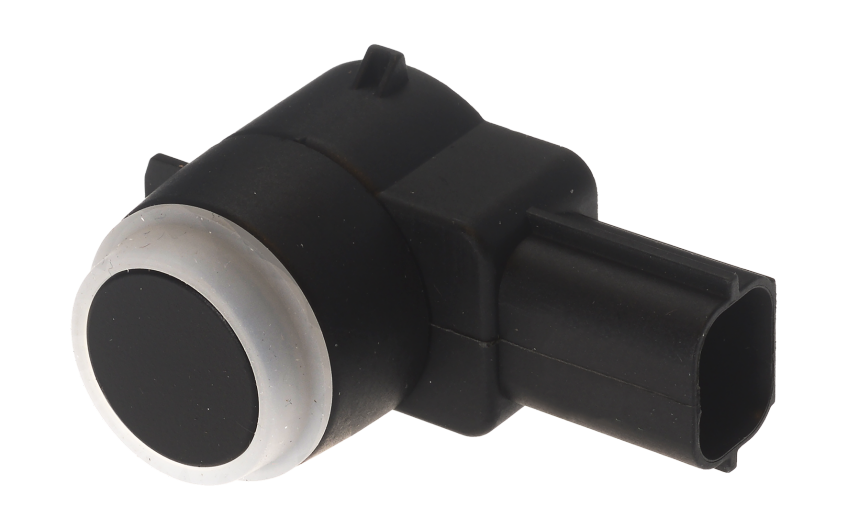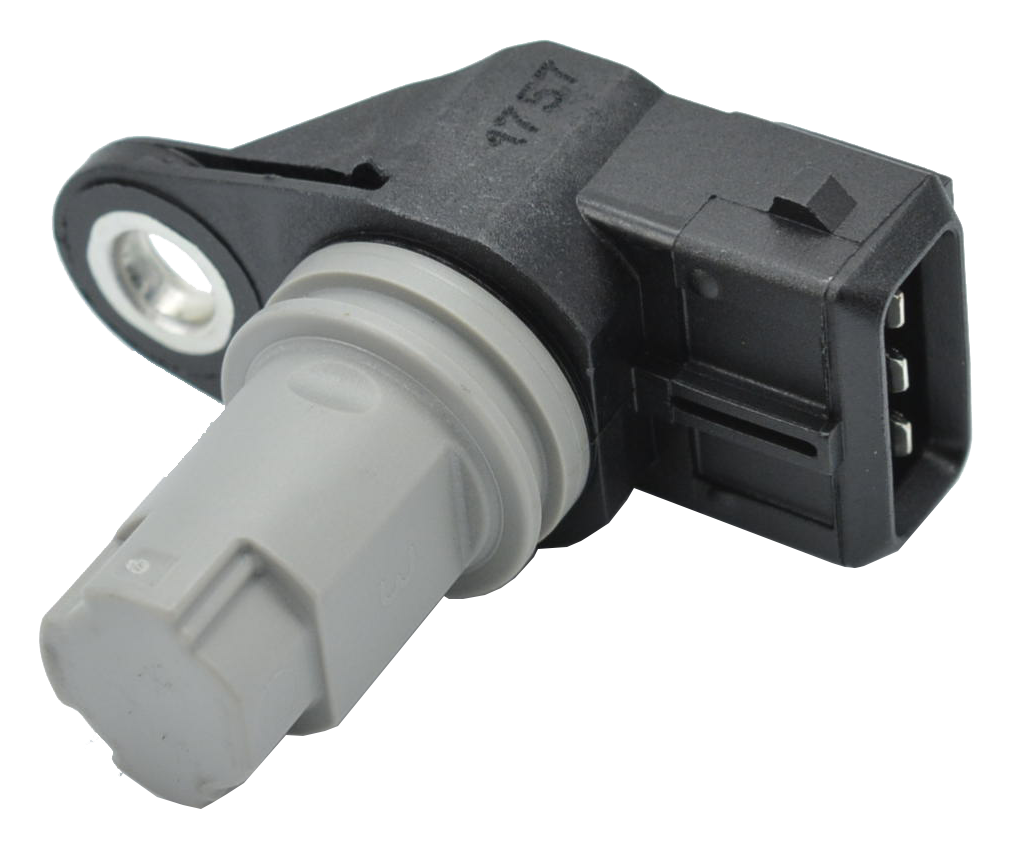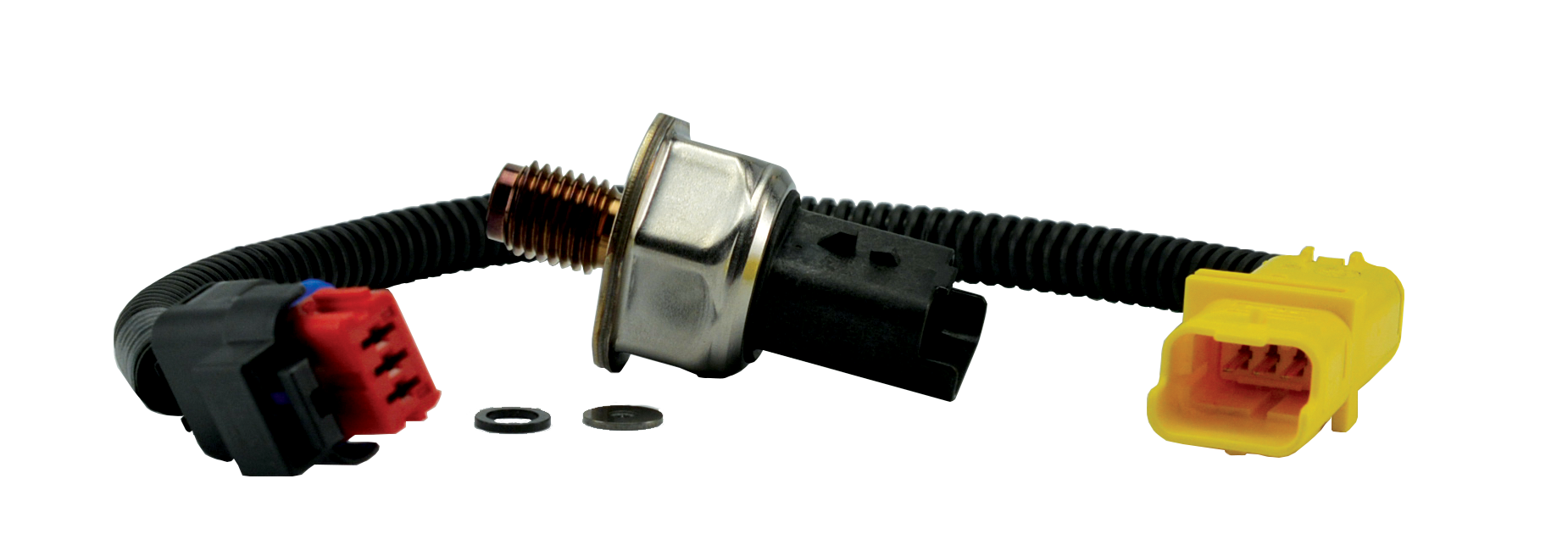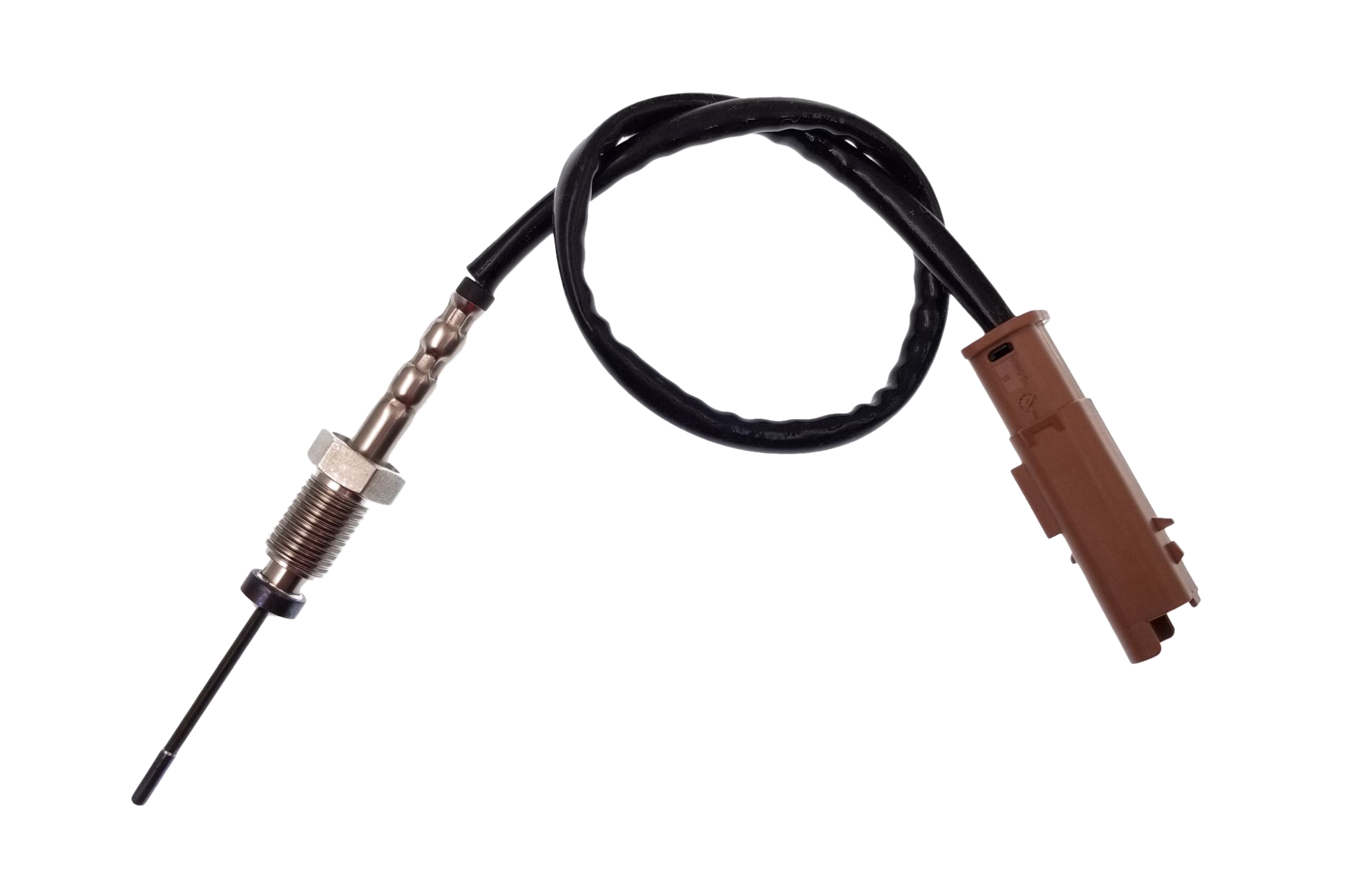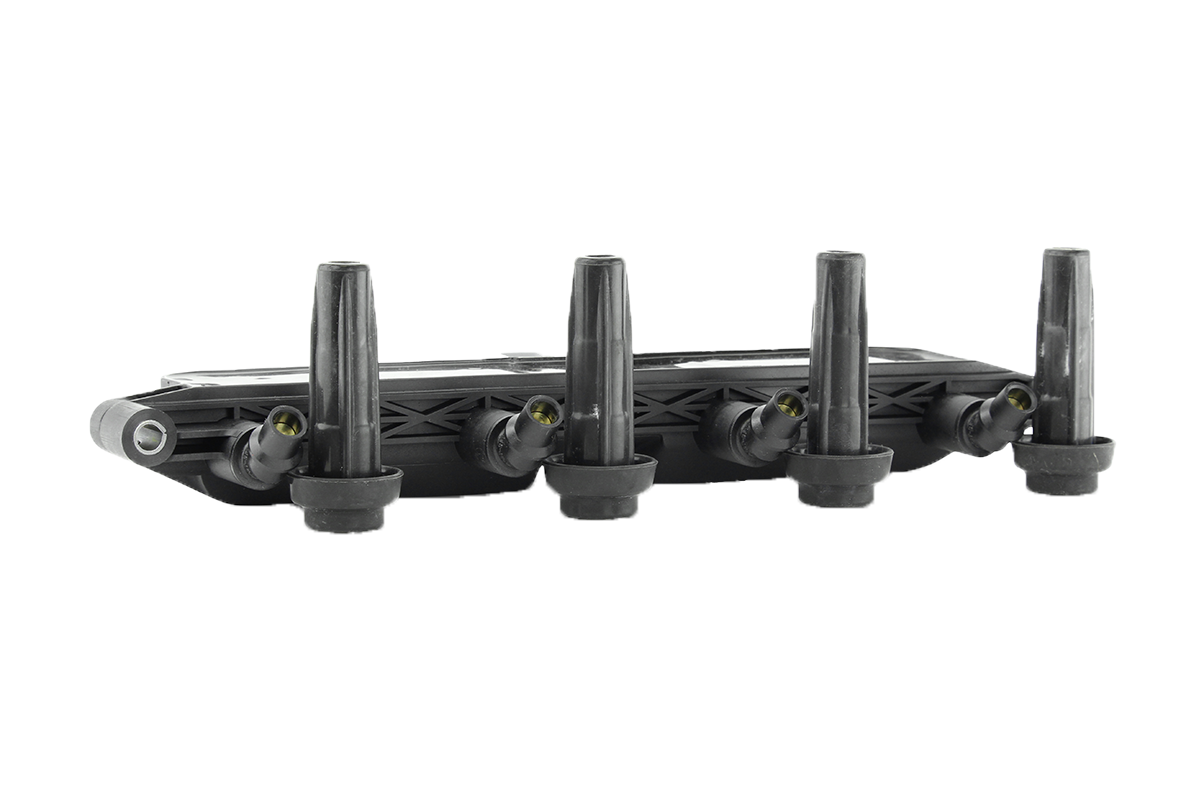Description
The role of these sensors is to help the driver park their vehicle by alerting them to the immediate proximity of a possible obstacle. For this purpose, they use ultrasonic technology, and although they have long been referred to as “reversing sensors”, this is no longer the case, since they are increasingly also present at the front of the vehicle.
In concrete terms, when these sensors detect an obstacle, the driver receives a visual and/or acoustic signal, which becomes more and more pronounced as the distance is reduced. It logically follows that the more sensors are installed, the more accurate the measurement is.
In the passenger compartment, as mentioned earlier, the driver can be alerted by acoustic signals alone; this is especially the case on older vehicles. Then, manufacturers moved on to LED indicators and, more recently, graphic displays on the multimedia system screen – and if not, simply a coupling of the information from these sensors with the video display of a parking assistance camera.
The frequency of the signal increases as the distance to the obstacle decreases, and shifts from a distinct “beep” to a continuous sound at about 25 centimetres.
